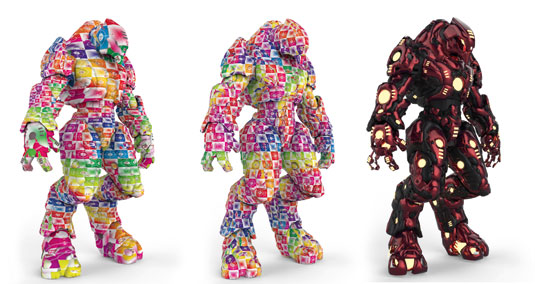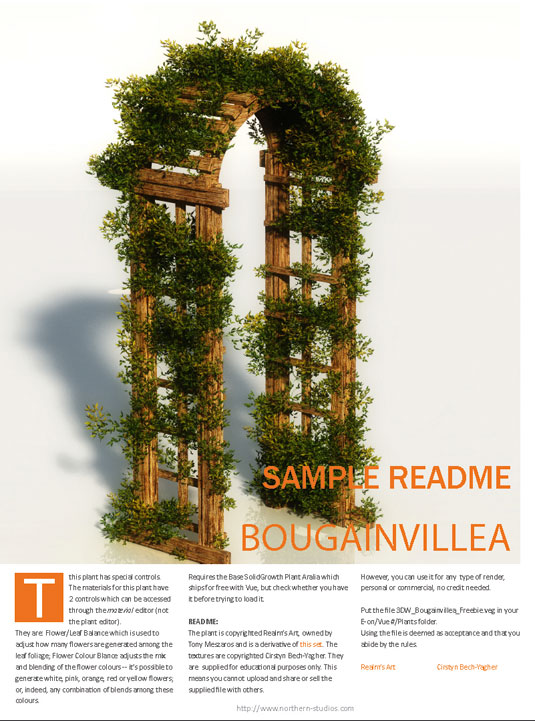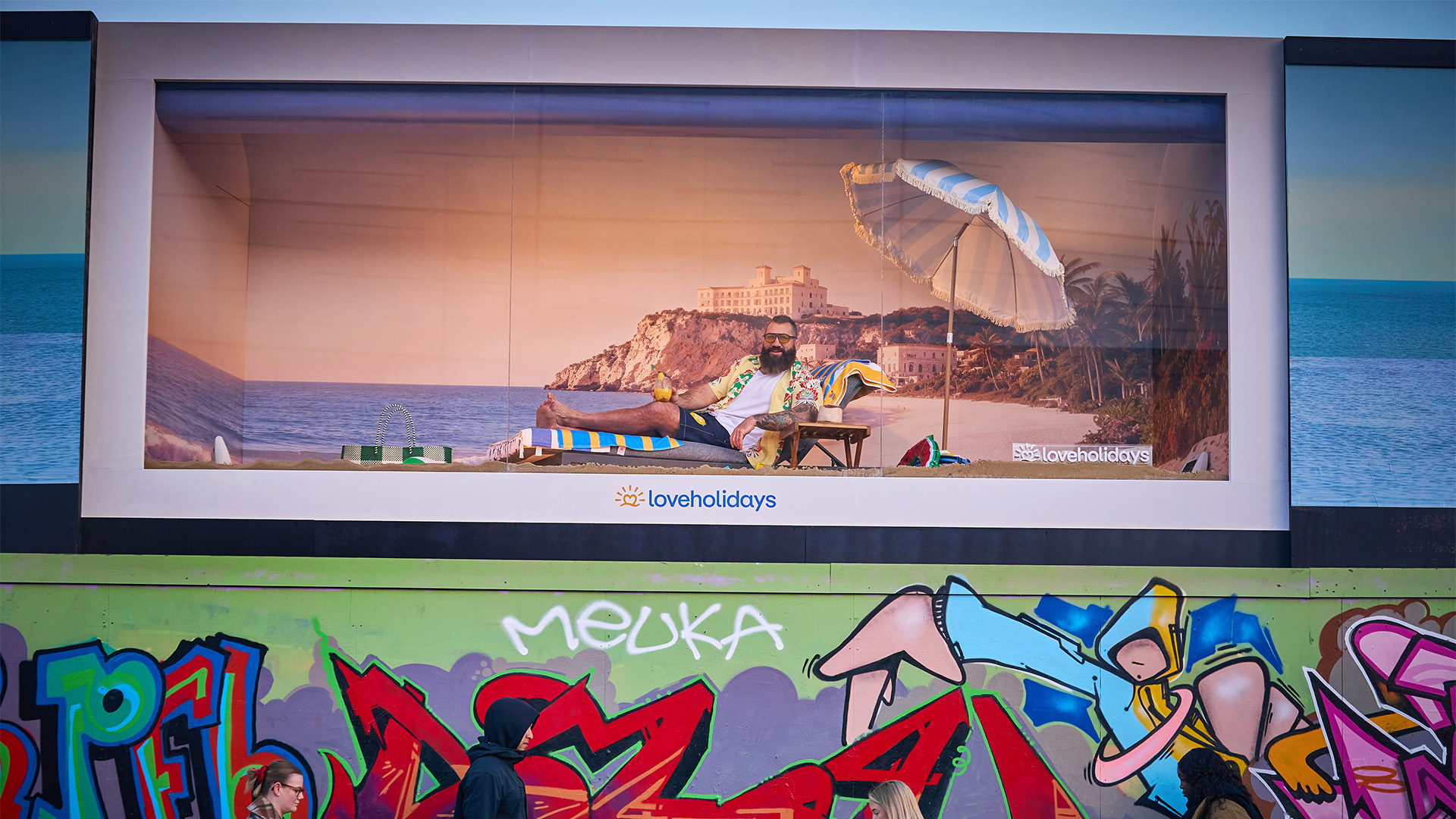How to make money from your 3D models
Sell your 3D wares this Christmas with these top tips from CG artist Cirstyn Bech-Yagher.
Freelance CG artist Cirstyn Bech-Yagher has over 15 years' experience in 3D. She explains how to make money from your 3D models…
Now that it's almost Christmas, you may want to spend some time brokering your models or textures. It's a nice way to generate some extra money for yourself, and it's not too bad for your portfolio either, as your purchasing audience ranges from hobbyists to illustrators to gaming studios, ad agencies and other multimedia companies.
If you decide to take the plunge, look around to see which brokerage is a good fit for you. Sites like TurboSquid, CGTrader, 3DOcean or other places are always looking for new, well-made products. Once you've picked your store, here are some basic tips to get you started.

Stick with what you're good at and develop yourself over time. Competition is fierce, and this way you're starting out with a creative process you're familiar with, (hopefully) giving you faster and better end results.
You may also want to try giving away some free models or textures. People love freebies, and a recent survey from CGTrader showed that brokers with free items in their portfolio can rack up to twice the number of sales, because a free item will link a customer directly to your store.
Keep in mind you're expected to deliver more than just a model or a texture. In order to ease the marketing of your product, this means you'll need to provide promo renders, the more the merrier, including a wireframe and AO render, a good description of your model, which formats it comes in, whether it's rigged or not, and tags to make searching easier.
In addition to the model, you're expected to upload it with good, flat UV map(s), material groups where applicable, and a basic set of shaders, or textures. Here are some additional tips…
Daily design news, reviews, how-tos and more, as picked by the editors.
01. Mind your UV map(s)

Ensure your UV map is distortion-free and arranged in a logical order. You'll save your users time and effort, as a lot of purchased content ends up retextured and tweaked to fit the client's needs.
Industry standards like UV Layout and Unfold3D offer great unwrapping and packing options.
02. Name your layers & groups

Help your fellow artists to do a good job: Name your layers and/or groups as you go. Nothing eats more into creative time than wading through unnamed layers or groups filled with objects named ngon11, object 572, shape 73, to find the ones the client wants changed or retextured – especially when working for a set fee.
03. Keep your textures flat

Some artists still add light to their textures, believing it will make them pop, or sell scanned foliage textures with light in them. Please don't do this.
Let the customer decide where the scene's light is going to bounce or reflect in the texture, and save them from having to strip it out in Photoshop.
04. Remember the little things

Keep your filepaths relative, so users don't get a file that opens with 'Can't find username/the_path_to_someone's_desktop.jpg'.
Enclose a readme file so the user knows what they can and cannot do with your files, and add your broker name's, Facebook and Twitter feed, as a social media presence is a must.

This article first appeared inside 3D World issue 198, a ZBrush robot modelling special packed with tips for hard surface modelling and more.
Liked this? Try these...
- 3 ways to improve your anatomy in ZBrush
- Top 8 highlights of ZBrush Summit 2015
- The designer's guide to working from home

The Creative Bloq team is made up of a group of art and design enthusiasts, and has changed and evolved since Creative Bloq began back in 2012. The current website team consists of eight full-time members of staff: Editor Georgia Coggan, Deputy Editor Rosie Hilder, Ecommerce Editor Beren Neale, Senior News Editor Daniel Piper, Editor, Digital Art and 3D Ian Dean, Tech Reviews Editor Erlingur Einarsson, Ecommerce Writer Beth Nicholls and Staff Writer Natalie Fear, as well as a roster of freelancers from around the world. The ImagineFX magazine team also pitch in, ensuring that content from leading digital art publication ImagineFX is represented on Creative Bloq.
